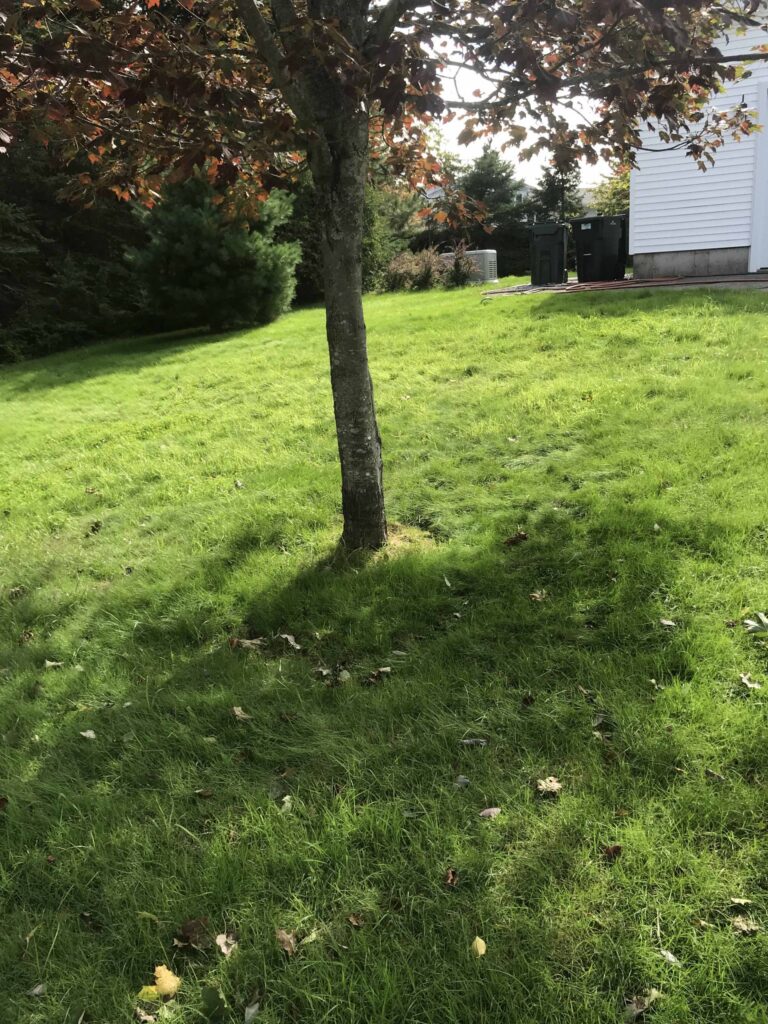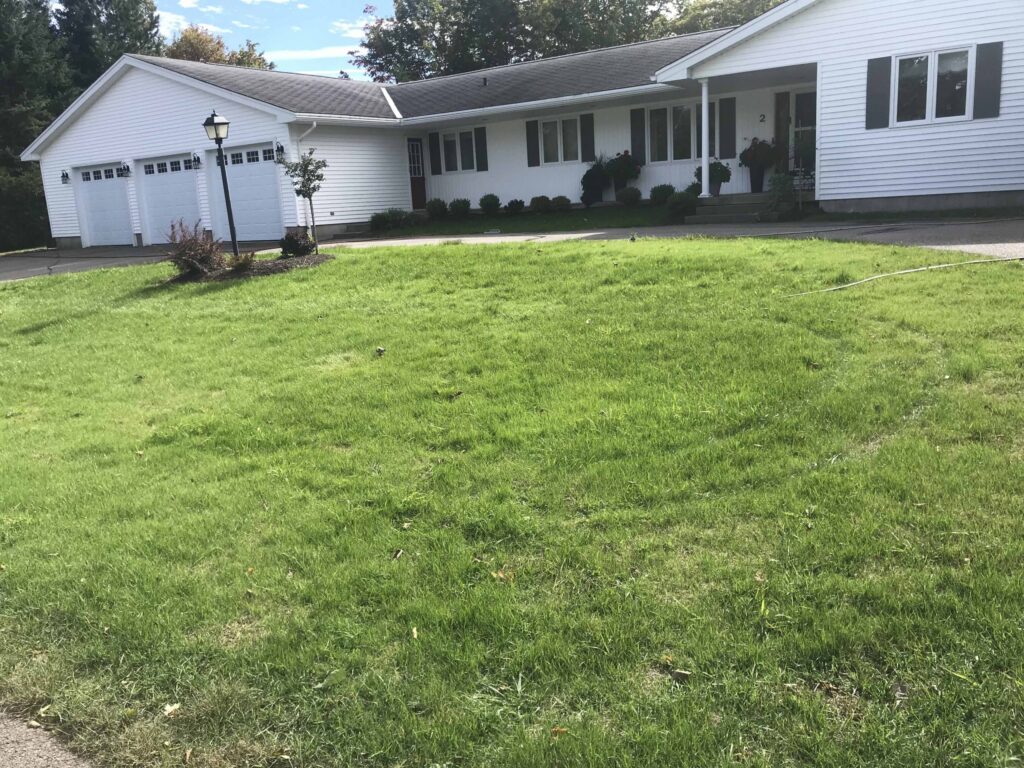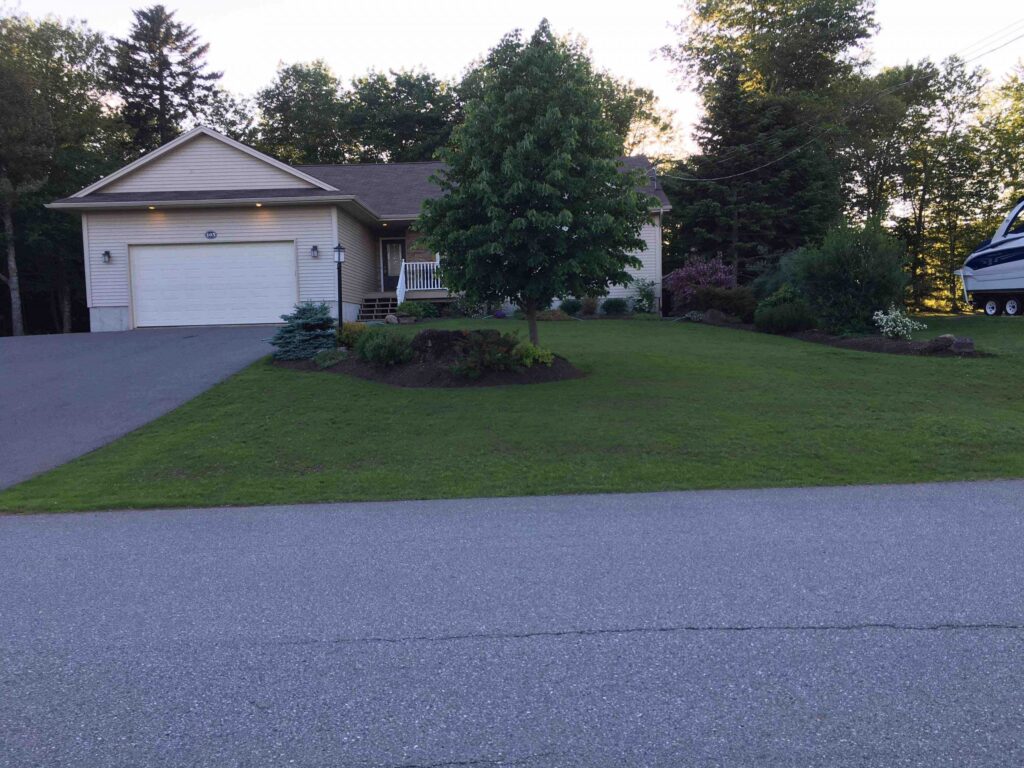
Lawn Care and Lawn Maintenance: A healthy lawn — free of weeds, pests, and brown patches — does more than just improve the appearance of your home. Of course, the increase in curb appeal results in a higher home value, but more importantly, a beautiful lawn is a place where your family, friends, and pets can enjoy the outdoors—together.

We have the process of a greener, healthier lawn down to a science. Literally. At Grass Catchers, we don’t take a pesticide-heavy approach, as this method is more of a “quick fix” than a long-term solution (and it’s no friend to the environment). Instead, we’ve figured out all the scientific details (and trust us, there are a lot!), so we can use the right treatments to achieve optimal lawn health, and to show you simple ways to keep your lawn gorgeous in between our visits to your home. We do the hard work for you — you just keep those good things growing.

Taking the time to improve your yard the right way—from the inside out—is the best and most sustainable solution. That’s why we painstakingly employ the most cutting-edge, environmentally-conscious lawn management methods available — IPM (Integrated Pest Management). IPM uses a blend of techniques that prevent pests from making their home in your lawn, and over time, will help it resist weeds naturally. IPM is an ecosystem-based strategy that focuses on continuous prevention of pests or their damage through a combination of techniques such as biological control, habitat manipulation, modification of cultural practices, and use of resistant varieties.